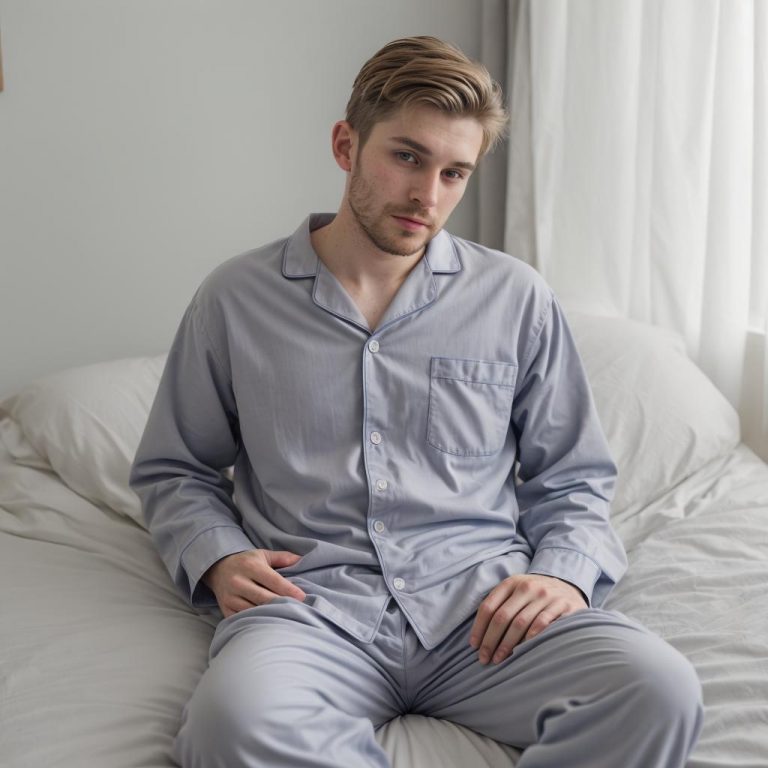
Hair dyeing has been a common practice for centuries, allowing individuals to change their appearance and express themselves creatively.
However, for some people, the use of hair dye can lead to allergic reactions that range from mild irritation to severe dermatitis. Understanding the causes, symptoms, and prevention of hair dye allergies is crucial for safe and enjoyable hair coloring experiences.

Causes of allergic reactions to hair dye
The primary culprit behind allergic reactions to hair dye is a group of chemicals called paraphenylenediamines (PPD). PPD is commonly found in both permanent and semi-permanent hair dyes and is known to cause skin sensitization in susceptible individuals. Additionally, other chemicals such as ammonia, peroxide, and fragrance additives present in hair dye formulations can also contribute to allergic responses.
Symptoms of hair dye allergies
Allergic reactions to hair dye can manifest in various ways, depending on the individual’s sensitivity and the severity of the reaction. Common symptoms include:
- Skin redness and inflammation at the site of dye application
- Itching or burning sensation
- Rash or hives
- Swelling of the face, eyelids, or neck
- Blisters or oozing lesions
- In severe cases, anaphylaxis, characterized by difficulty breathing, rapid heartbeat, and loss of consciousness
Prevention and management
To prevent allergic reactions to hair dye, individuals can take several precautions:
- Perform a patch test: Before using a new hair dye product, conduct a patch test by applying a small amount of dye to a small area of skin (such as the inner arm) and observing for any adverse reactions over the next 48 hours.
- Choose hypoallergenic formulations: Look for hair dye products labeled as “hypoallergenic” or “PPD-free,” which are less likely to cause allergic reactions.
- Avoid frequent dyeing: Limit the frequency of hair dyeing to reduce the risk of sensitization and allergic reactions.
- Seek professional advice: Consult a dermatologist or hair care professional if you have a history of allergic reactions or sensitive skin before using hair dye.
- Consider alternatives: Explore alternative hair coloring methods such as highlights, lowlights, or henna, which may be less irritating to the skin.
If an allergic reaction occurs despite preventive measures, immediate steps should be taken to manage symptoms:
- Wash off the dye: Rinse the affected area with lukewarm water and a mild soap to remove any residual dye.
- Apply cold compresses: Place a cold, damp cloth on the affected skin to soothe inflammation and reduce itching.
- Use topical treatments: Over-the-counter hydrocortisone creams or antihistamine lotions can help alleviate itching and inflammation.
- Seek medical attention: In cases of severe allergic reactions or anaphylaxis, seek emergency medical care promptly.
While hair dyeing can be a fun and transformative experience, it’s essential to be aware of the potential risks of allergic reactions. By understanding the causes, recognizing the symptoms, and taking preventive measures, individuals can enjoy hair coloring safely. Consulting with professionals and using hypoallergenic products can help minimize the likelihood of adverse reactions, ensuring a positive hair dyeing experience for everyone.



